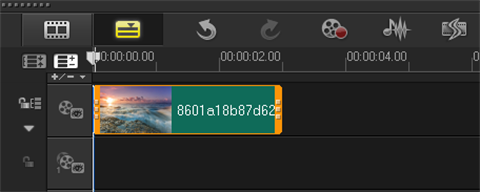I know how to read value from database using connectionstring, i.e.
Establish database connection to read
$conn = New-Object System.Data.SqlClient.SqlConnection
$conn.ConnectionString = "Server=10.10.10.10;Initial Catalog=database_name;User Id=$username;Password=$password;"
$SQL = "..."
$conn.Open()
# Create and execute the SQL Query
$cmd = New-Object System.Data.SqlClient.SqlCommand($sql,$conn)
$count=0
do{
try{
$rdr = $cmd.ExecuteReader()
while ($rdr.read()){
$sql_output += ,@($rdr.GetValue(0), $rdr.GetValue(1))
$count=$count + 1
}
$transactionComplete = $true
}
catch{
$transactionComplete = $false
}
}until ($transactionComplete)
# Close the database connection
$conn.Close()
How can I accomplish the same thing with ODBC, i.e I have DSN (data source name) set up on the server?
According to https://www.connectionstrings.com/odbc-dsn/ you would use something like...
DSN=myDsn;Uid=myUsername;Pwd=;
Can probably just go with DSN=... if creds not required.
This works if your ODBC connection is under User DSN but not under System DSN. I cannot find a way to make it check for System DSN connections.
$conn = new-object System.Data.Odbc.OdbcConnection
$conn.connectionstring = "DSN=DSNNAME"
$conn.open()
$cmd = New-object System.Data.Odbc.OdbcCommand($sqlCommand,$conn)
$dataset = New-Object System.Data.DataSet
(New-Object System.Data.Odbc.OdbcDataAdapter($cmd)).Fill($dataSet) | Out- Null
$conn.Close()
You may want to put this in front of the code...
If you want to do it on your local machine instead of in the context of SQL server then I would use the following. It is what we use at my company.
if ($env:Processor_Architecture -ne "x86")
{ write-warning 'Launching x86 PowerShell'
&"$env:windir\syswow64\windowspowershell\v1.0\powershell.exe" -noninteractive -noprofile -file $myinvocation.Mycommand.path -executionpolicy bypass
exit
}
Always running in 32bit PowerShell at this point.
$env:Processor_Architecture





